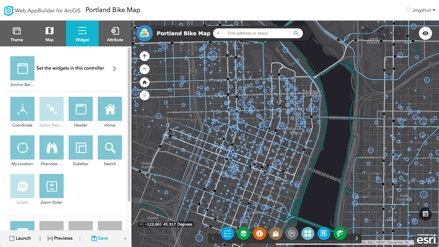
OSS might not be technically well-designed or tested in a large-scale production environment. Request must be made to the software owner. This will depend on the development standards.ĭifficult due to undefined monetary value. This will depend on the level of maintenance and goals of the group, but it is typically better than closed source software. Interoperability with other open source software The community participating in development, review, critique, and enhancement of the software is the essence of open source.

TCO is much higher and depends on the size of the user base. TCO is lower and upfront due to minimal or no usage cost, and depends on the level of maintenance required. In some industries, proprietary software is more popular, especially if it has been in the market for many years. Some open source solutions are very popular and are even market leaders (e.g., Linux, Apache). If a distributor discontinues an application, the customer may be out of luck. New products have similar challenges as open source products. Older, market-based solutions are more stable. This will depend on the current user base, the parties maintaining the software, and the number of years in the market. Switching to a different vendor or to an open source solution can be costly. In most cases, large investments are made in proprietary software. Integration into systems may create technical dependency. No vendor lock-in due to the associated cost. If issues are found, the software distributor is responsible for fixing them. Because the source code is closed for review, there can be security issues.


The company distributing the software (i.e., software owner) guarantees a certain level of support, depending on the terms of the SLA. However, security bugs and flaws may still exist and pose significant risk. There is a widespread theory that more eyes on the code makes it harder for bugs to survive.

Source code is open for review by anyone and everyone. The level of service available depends on the service-level agreement (SLA). Otherwise, users can find help through user forums and mailing lists.ĭedicated support teams are in place. Some very popular pieces of open source software (e.g., OSS distributed by Red Hat or SUSE) have plenty of support. As a for-profit product, adoptability and user experience are often key considerations. Typically less user-friendly, but it can depend on the goals of the project and those maintaining it. This includes bug fixes, features, and enhancements. Requires in-house expertise.Ĭhange requests must be made to the company selling the software. Available for nominal or zero licensing and usage charges.Ĭost varies based upon the scale of the software.Ĭompletely customizable but it depends on the open source license.


 0 kommentar(er)
0 kommentar(er)
